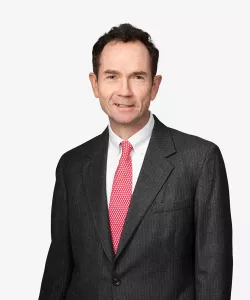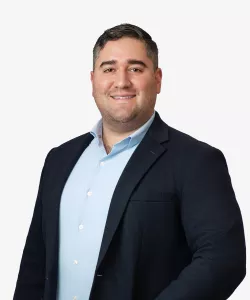Cross-Stream Guaranties in Real Estate Finance: Everybody Else Is Doing It, So Why Can’t We?
*This article was originally published in NY Real Property Law Journal, a publication of the Real Property Law Section of the New York State Bar Association
Experienced finance attorneys are aware that a loan guaranty given by a sister company of the borrower (a “cross-stream guaranty”) or by a subsidiary of the borrower (an “upstream guaranty”), in which the guarantor has no ownership interest in the borrower, differs from a traditional guaranty given by a borrower’s owner or parent company (a “downstream guaranty”) since the cross-stream or upstream guaranty raises the question that such a guaranty may be unenforceable as a constructive fraudulent conveyance under title 11 of the United States Code (the “Bankruptcy Code”) and under state creditor’s rights laws.
The root of the issue is that if guarantor has no ownership of borrower, as in a cross-stream or upstream guaranty, then there is no consideration, benefit or value flowing to guarantor (at least not directly). If there is no consideration, then a guarantor’s direct creditor can rightly question why they should receive less than full payment because of a claim by, or payments made to, a creditor of borrower in a transaction in which guarantor received no benefit. The trustee in a bankruptcy proceeding with respect to guarantor would stand in a similar position and can also rightly ask those same questions.
Section 548 of the United States Bankruptcy Code (“Section 548”) and state creditor’s rights laws, particularly in the majority of states which have adopted a version of the Uniform Voidable Transactions Act (UVTA) or its predecessor, the Uniform Fraudulent Transfer Act (UFTA; and, together with Section 548 and the UFTA, collectively the “Avoidance Statutes”), provide such an aggrieved creditor, or trustee, with the possibility of avoiding a guaranty that fits the criteria of a fraudulent conveyance. However, experienced finance attorneys may also be aware of cases in which some indirect benefits flowing to a guarantor were found to be sufficient to support enforcing the guaranty. For example, a guarantor benefiting from the synergy of being part of a group of affiliates that may be strengthened by the relevant transaction or the fact that the relevant transaction enhances guarantor’s customer relationships (or access to supplies or services it requires) has, in certain cases, been enough to allow for enforcement of a guaranty (the concept of “reasonably equivalent value” which we will discuss herein). Similarly, when a transaction involves consideration flowing to guarantor from the borrower (as opposed ability to pay as such debts matured” (all three referred to herein as the “Adverse Financial Conditions”).
Read the full article here.
Contacts
- Related Practices

